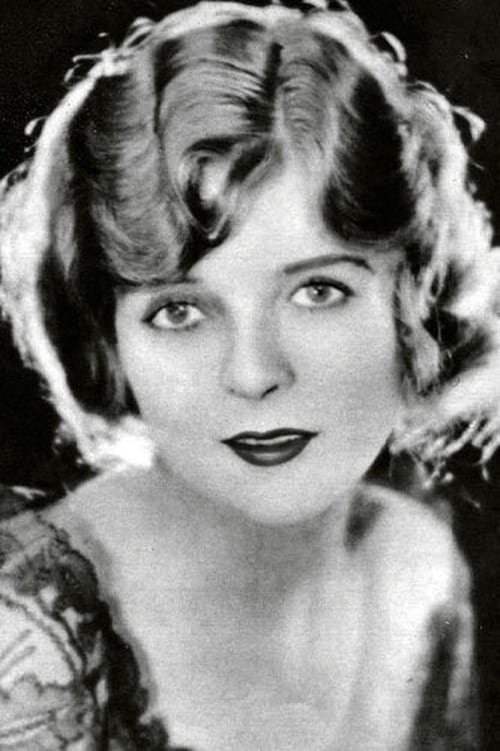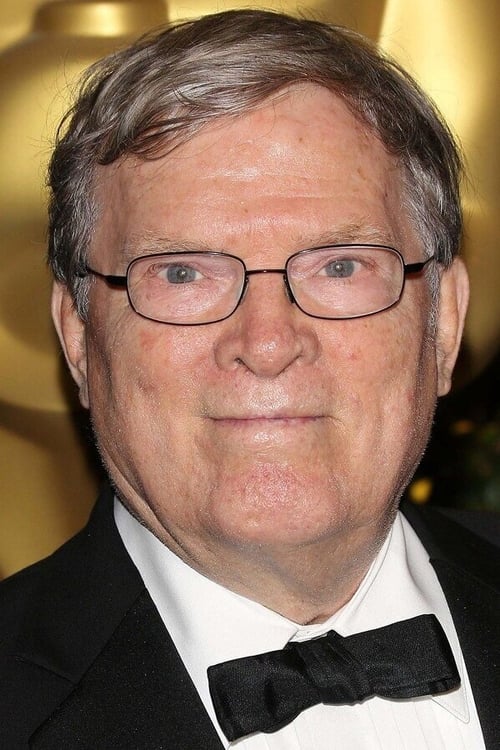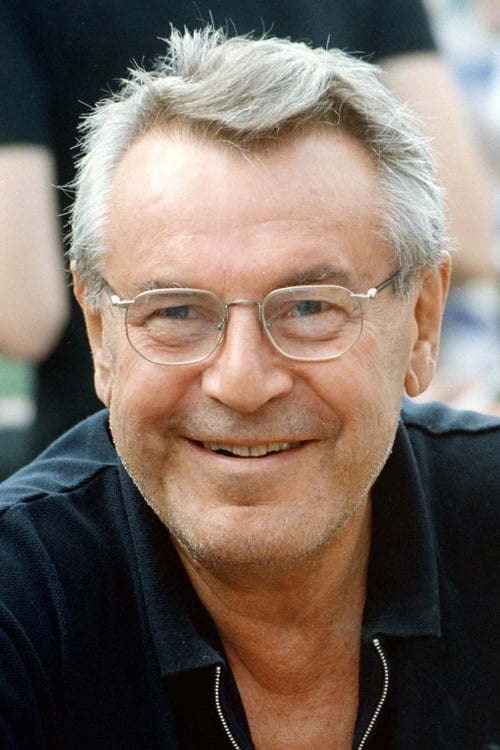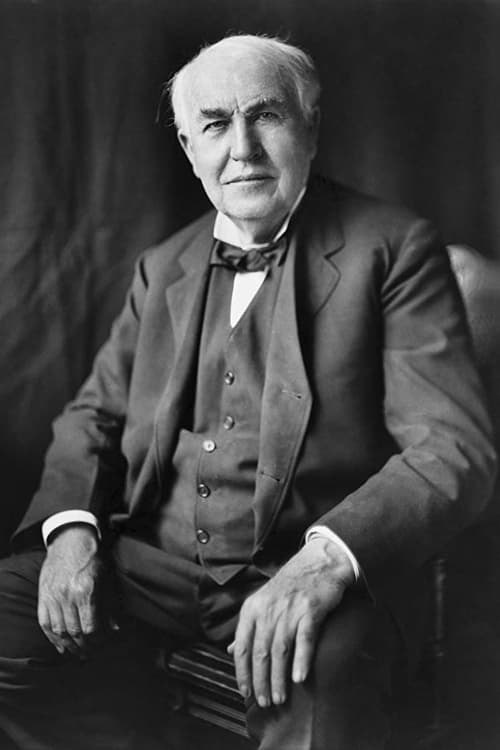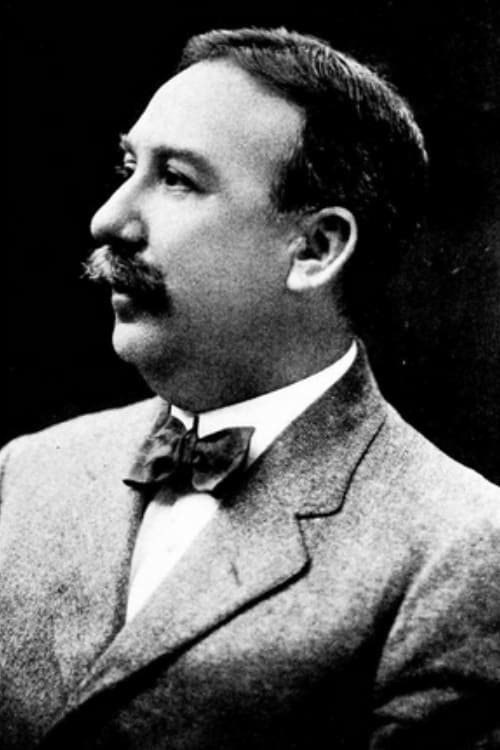Before the Nickelodeon: The Cinema of Edwin S. Porter (1982)
Жанр : документальный
Время выполнения : 1Ч 0М
Директор : Charles Musser
Краткое содержание
A documentary overview of silent cinema pioneer Edwin S. Porter.
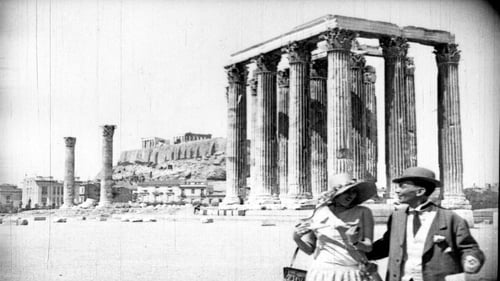
The oldest Greek feature film to be saved, starring a burlesque comedian Sfakianos (or Villar), who had trained in France. Villar gets a job at a dry cleaner’s and wanders through Athens. He makes one gaffe after the other and gets involved in various adventures.

A lyrical recreation of Lightnin’ Hopkins’ decision at age eight to stop chopping cotton and start singing for a living.

In the summer of 1924 Claude Friese-Greene, a pioneer of colour cinematography, set out from Cornwall with the aim of recording life on the road between Land’s End and John O’Groats. Entitled The Open Road, his remarkable travelogue was conceived as a series of shorts, 26 episodes in all, to be shown weekly at the cinema. The result is a fascinating portrait of inter-war Britain, in which town and country, people and landscapes are captured as never before, in a truly unique and rich colour palette.

Анимационный боевик от югославского режиссера Душана Вукотича, одного из крупнейших деятелей югославского киноискусства и представителя так называемой загребской школы в мультипликационном кино. В «Игре» широко используется средства современного изобразительного искусства, в частности, графики. Сюжет рассказывает о двух детях, мальчике и девочки, которых полностью захватила увлекательная игра в рисование. Юные художники соревнуются между собой и каждый пытает нарисовать рисунок лучше прежнего, причем прямо поверх предыдущего художества.

A man believes all the advertising he hears.

In Rembrandt, Haanstra shows that it is possible to make a fascinating film only with images from paintings. He had to travel though all over Europe to numerous museums and private owners in order to film the works of art. In the work of the great painter, Haanstra recognizes his particular interest in man as an individual human being, cutting straight through all the religious motives. And Haanstra also wants to see Rembrandt as an individual.

Standard Gauge is an autobiographical film that examines Morgan Fisher’s work as an editor in the film industry. The film goes through scraps of rejected material along with commentary on the meaning of all the scrapped images. This film is an account and critique of the processes of meaning within film production through an examination of both materialism and the institution of film itself.
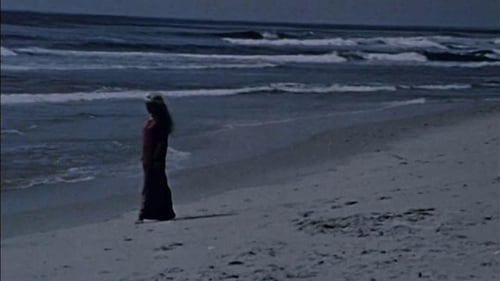
Photographed by an all-female crew and directed by the author of Sexual Politics, these are autobiographical interiews with three very different women who talk frankly about their lives, conflicts, and contrasting life styles.

This Oscar-nominated documentary short tracks the shift in the relationship of an individual to his work between the 19th century and today. Focusing on how nails are made, we first see a blacksmith laboring at his forge, shaping nails from single strands of steel rods. The scene then shifts from this peaceful setting to the roar of a 20th century nail mill, where banks of machines draw, cut, and pound the steel rods faster than the eye can follow.

An atmospheric portrait of four women who leave the factory where they work to go to the beach.

A fascinating pictorial history of a New York City bar whose customers, from the hard-drinking working class Irish to the coiffed African American gay male, continually transform its focus during its 10-year reign.

A film diary in which Perlov films the minutiae of his and his family's day-to-day life. From these small bits, he builds up a broad picture of life in Israel in the '70s and '80s.

Less and Less, Luc Moullet’s 40th film, concerns development and expansion, from 1968 to 2010, of the devices based on computers, automats, interactive terminals and others that can be found everywhere.

Short directed by Mansour Sora Wade.

The Bolivian community settled in Argentina celebrates over two consecutive Sundays in October the festival of their patron saint: Our Lady of Copacabana. Music and dance groups arrive from all over the country and meet in the Charrúa quarter in Buenos Aires. This celebration is the most important event for Bolivian immigrants and goes beyond folklore and religion to become a vibrant meeting place and bring about the cultural cohesion of traditions deeply-rooted in the collective memory of a people.

Using edited archive footage, mockery is made of Italy's dictator Benito Mussolini.

Celebrating the circulation of the waters of the world, this homage to James Broughton's favorite sage Lao-tsu is illustrated by the dance of sunlight on the sea. Accompanying poem (read and written by James Broughton) was composed to the music of Corelli, from his Concerto Grosso No. 9 in A, performed on the harp by Joel Andrews.

German war documentary about Yugoslavia from 1941.

The movie shows a smattering of images from the story of Wilhelm Jensen's Gradiva. The subject is sublimated desire.

Herding cows
